It will be frustrating for publisher Picador and their authors Ian Kelly and Vivienne Westwood that novelist Philip Hoare’s national paper five-star review of memoir Vivienne Westwood is rendered unreliable by, pro rata, as many inaccuracies as contained in the book itself.
Holed by these gaffes, the review – in the Sunday Telegraph’s Seven magazine published October 26 – is capsized by Hoare’s failure to declare a significant interest.
In Kelly’s acknowledgements, Hoare’s name appears first on the list of those who extended to the author “accommodation, guidance, encouragement and friendship on this project”.
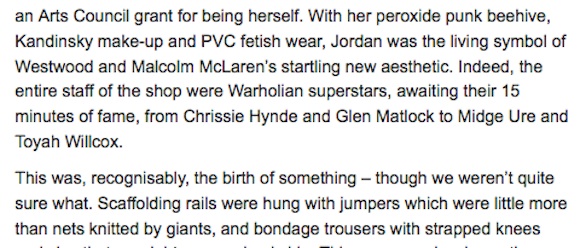
//Errors pile up in Philip Hoare’s review of Vivienne Westwood in the Sunday Telegraph’s Seven Magazine, October 26, 2014//

//Philip Hoare’s name appears first in this section of Ian Kelly’s acknowledgements on p427 of the memoir Vivienne Westwood//
On the basis that phrases such as “fetishistically brilliant” justify a thumbs-up, Hoare’s review arrived in the wake of the media coverage of my claim against the publisher and the authors over substantial plagiarisation of my book The Look in Vivienne Westwood.
Since I have publicly charged the book with major-league sloppiness, this positive review by a relatively well-known literary figure may be framed in the context of a push to restore credibility to the troubled project (as well as the plagiarisation and the huge amount of factual errors, the book is held to contain at least one serious libel and fails to provide proper credit for a number of photographers).
Hoare – who has post-punk associations, having worked in west London record shop Rough Trade and managed the indie group the Pale Fountains – bravely inserts himself into the piece with personal memories of Westwood’s design business with Malcolm McLaren in the 70s and 80s.
According to Hoare – and these are his additions to the blunders already piled high by the 458-page tome – the shop assistants at 430 Kings Road in its incarnation as Sex included not only musician Midge Ure but also actress/performer Toyah Willcox.
Of course neither was employed there. Hoare has simply confused each person’s tangential relationships to the McLaren/Westwood coterie: it is well known that Ure was once approached as a possible singer for the Sex Pistols during their formative stage, while Willcox appeared in Derek Jarman’s 1978 punk movie Jubilee (the subject of a salty attack printed onto a t-shirt by Westwood).
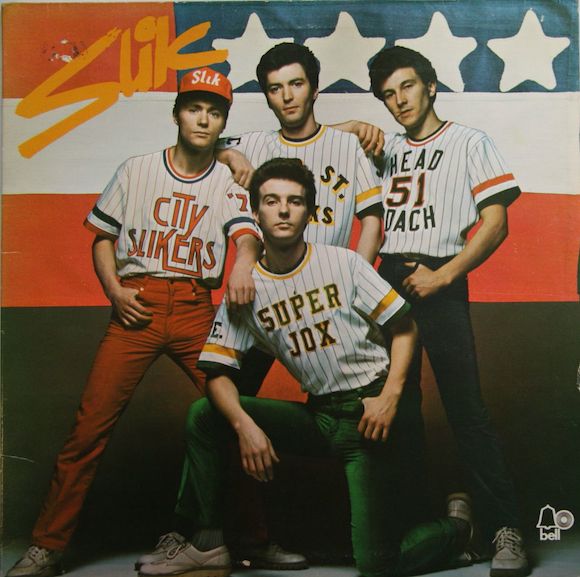
//Midge Ure, kneeling, with his Slik bandmates on the cover of their 1976 LP//
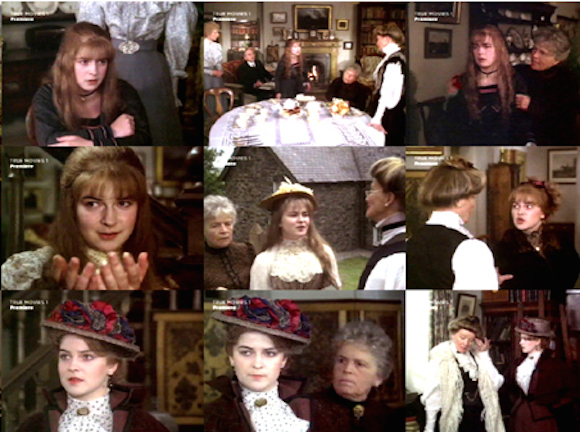
//Toyah Willcox in 70s TV production The Corn Is Green (from www.toyah.net)//
During the period Hoare is discussing, Ure had already hit the number one spot with Scottish teen-pop band Slik while Willcox was making her acting bones in Birmingham Old Rep before transferring to the National Theatre. A simple check in one of the reliable published sources – of course I recommend The Look – would have put him right.
Against these howlers, we can generously attribute to memory failings Hoare’s depiction of shop manager Jordan’s “Kandinsky make-up” (it was avowedly based on the work of Mondrian and introduced in 1977 during the later Seditionaries phase) and the “scaffolding rails” in Sex (they were made of curved chrome and expertly-turned wooden gym bar racks courtesy of the trained wheelwright Vic Mead) and instead study Hoare’s ownership of a pair of bondage trousers bought at Nostalgia Of Mud, McLaren and Westwood’s store in St Christopher’s Place in London’s West End.

//Nostalgia Of Mud – opened to promote the clothing in the companion catwalk collection (also known as Buffalo) – did not sell bondage trousers nor any other punk designs//
Bondage trousers were not sold at NoM, which opened in spring 1982. By this time McLaren and Westwood had publicly rejected these and other designs produced at the height of punk six years earlier.
In fact so vehement was their abandonment of the punk-era garments that Westwood licensed all the designs, include the patterns for the bondage trousers, to King’s Road store Boy, which was knocking them out in inferior copies by the hundred by spring 1982.

//Hoare cites the plagiarised passage in his review//
Hoare – who has prior in giving glowing reviews to Kelly’s previous books – compounds the mistakes in his review by quoting one of the plagiarised passages from my book: “Sex,” Westwood tells Kelly,”translated into fashion becomes fetish…the very embodiment of youth’s assumption to mortality.”

//From McLaren’s intro to The Look, which he supplied to me exclusively in the spring of 2000//
As pointed out here last week, and as my lawyers have communicated to Westwood, Kelly and Picador, this is one of 40 passages in Vivienne Westwood which bear close resemblance to text in my book, in this case from the introduction written by McLaren nearly a decade-and-a-half ago: “Sex translated into fashion becomes fetish, and fetishism is the very embodiment of youth. Youth has to behave irreverently – it has to take drugs because of its fundamental belief in its own immortality.”
Read Hoare’s review here.
Tags: Derek Jarman, Jubilee, Midge Ure, Nostalgia Of Mud, Philip Hoare, Seven magazine, Sex Pistols, Slik, Sunday Telegraph, Toyah Willcox, Vic mead, Vivienne Westwood

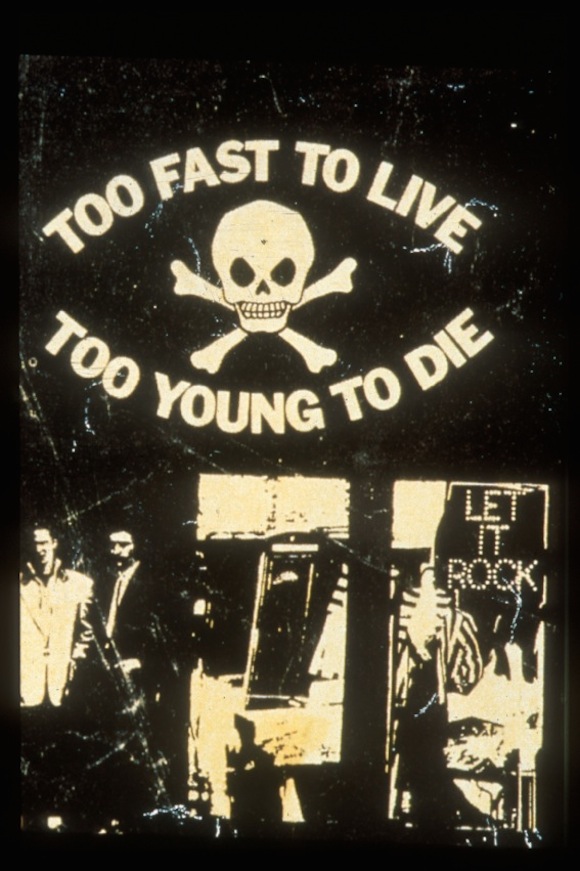
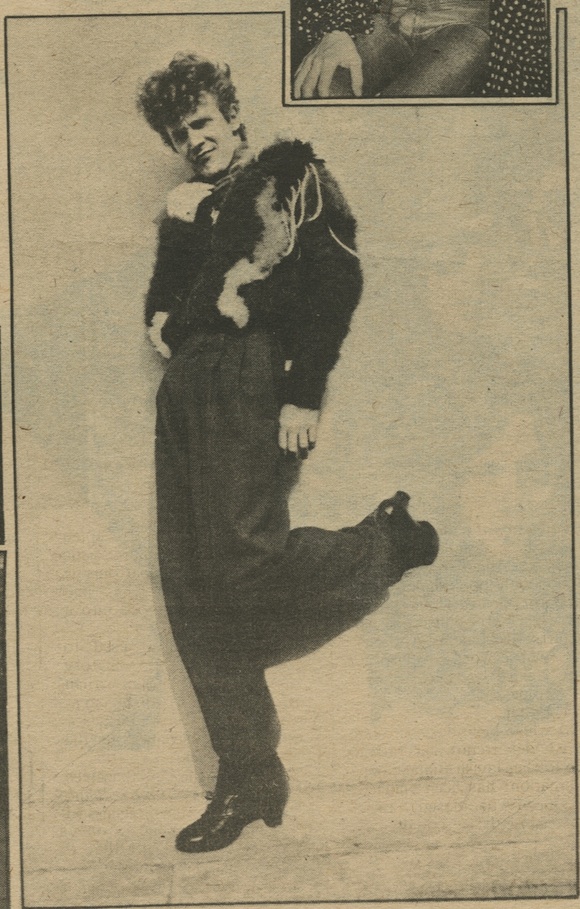


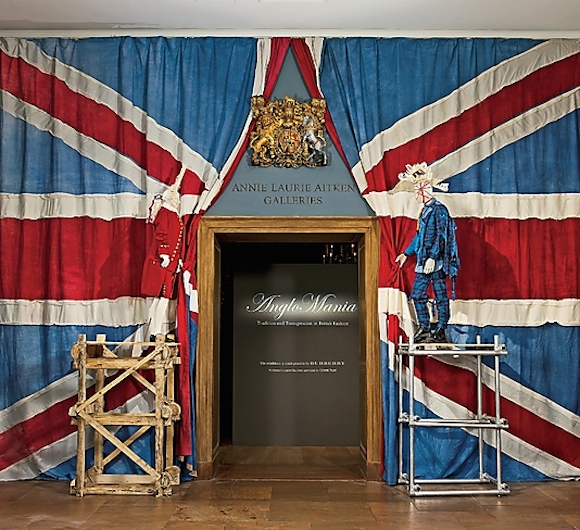
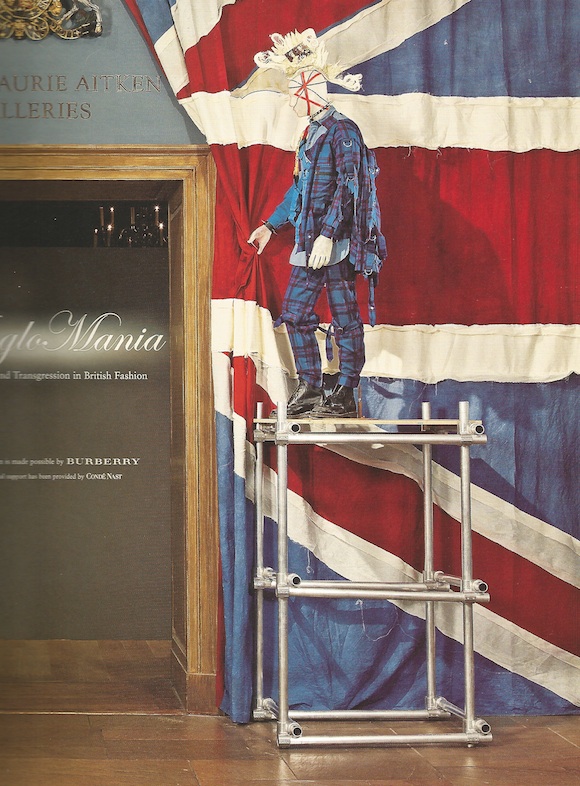
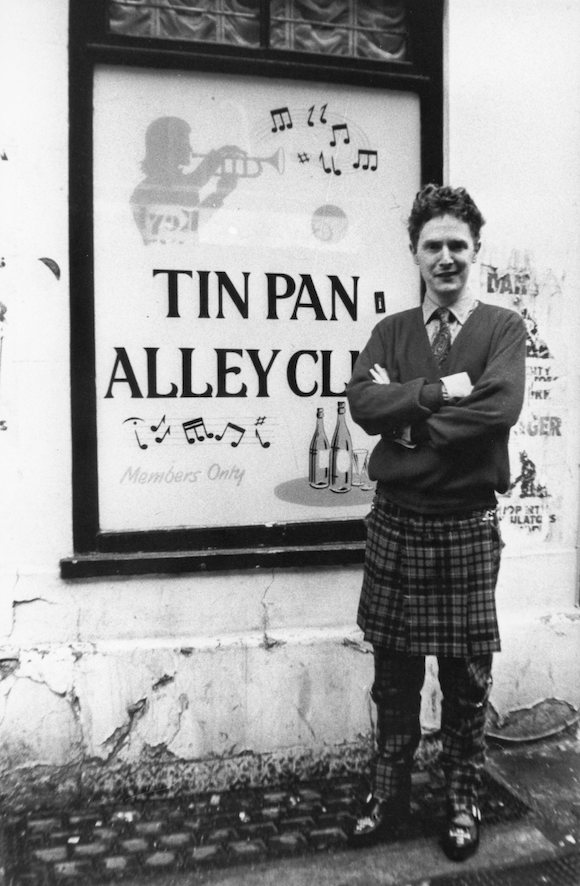
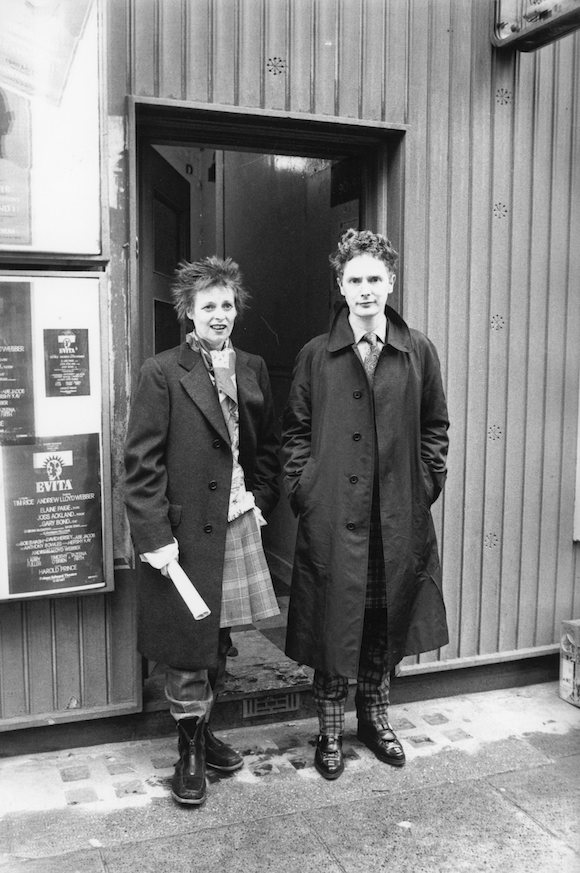
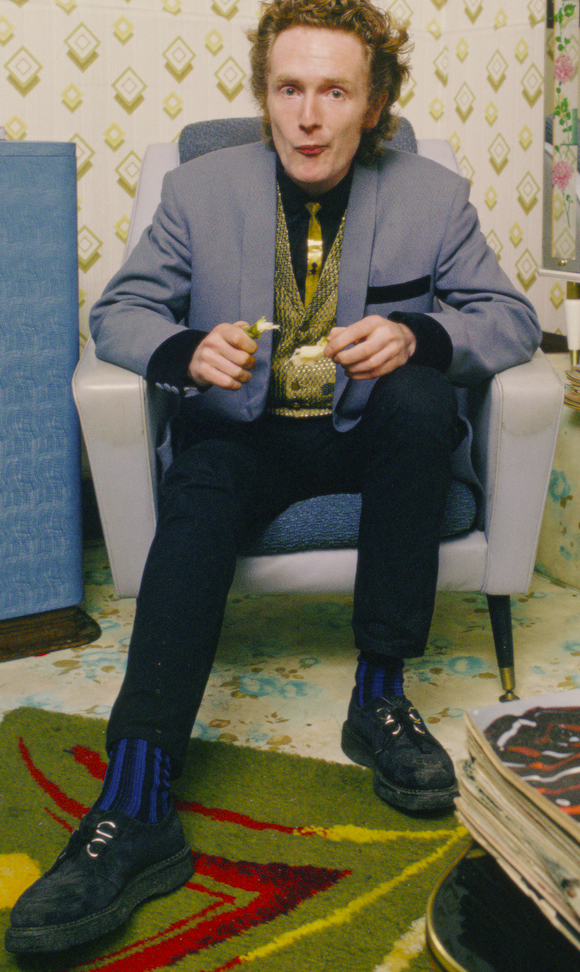
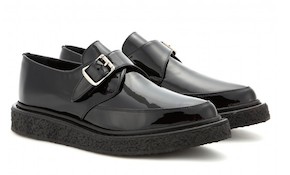
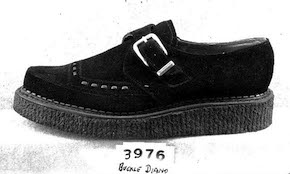
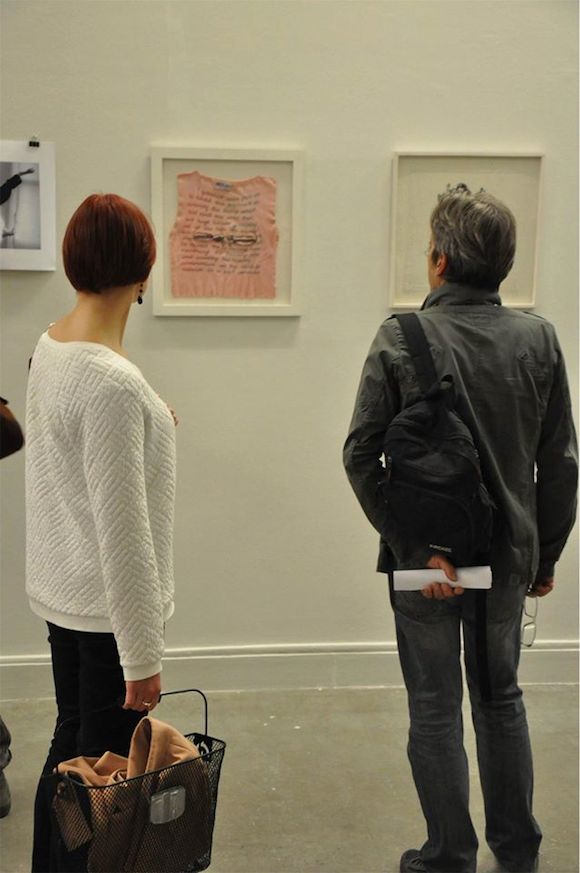
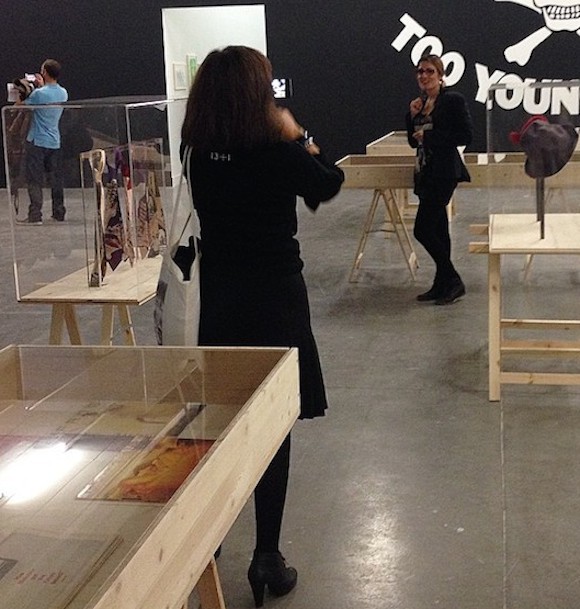
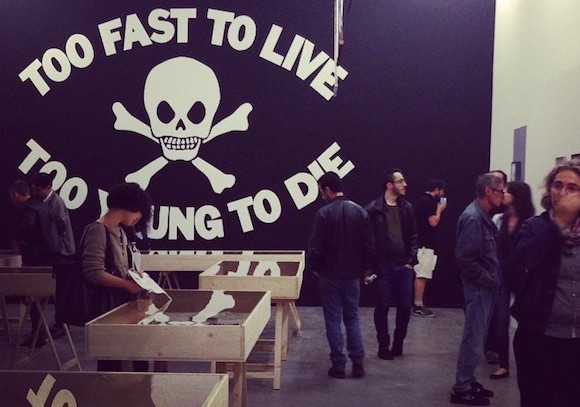
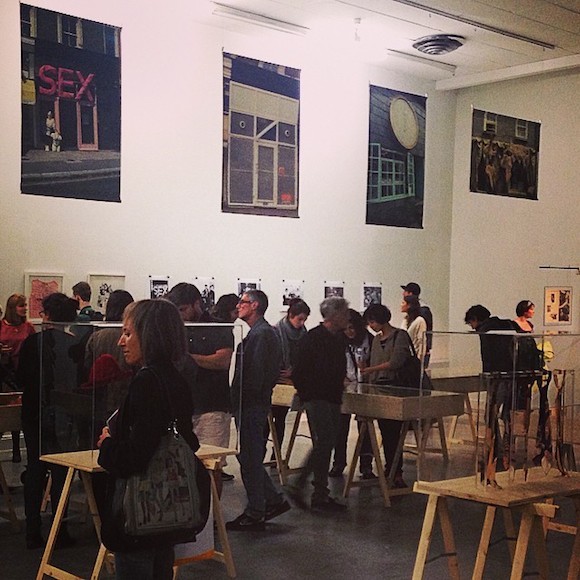
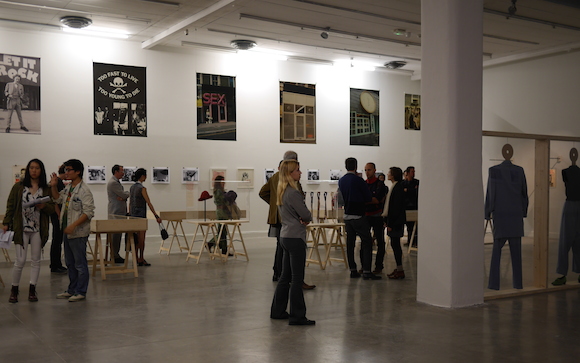

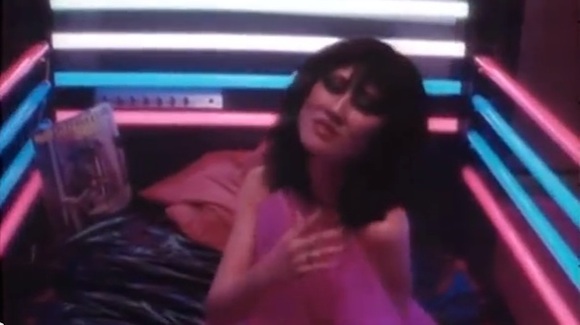
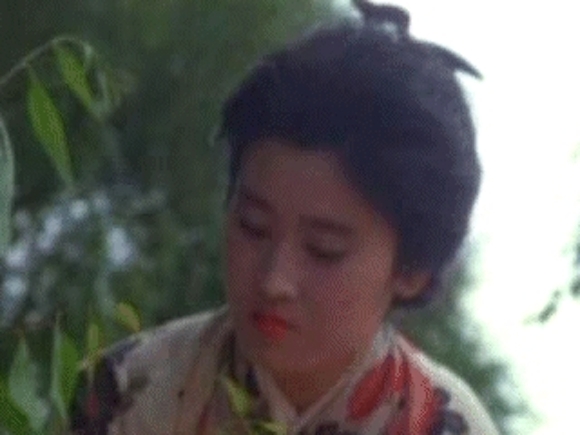








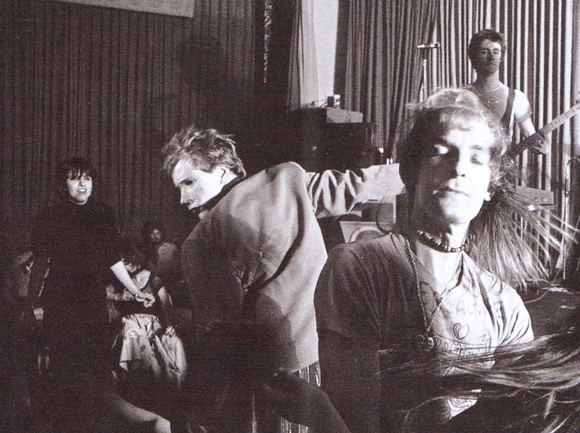
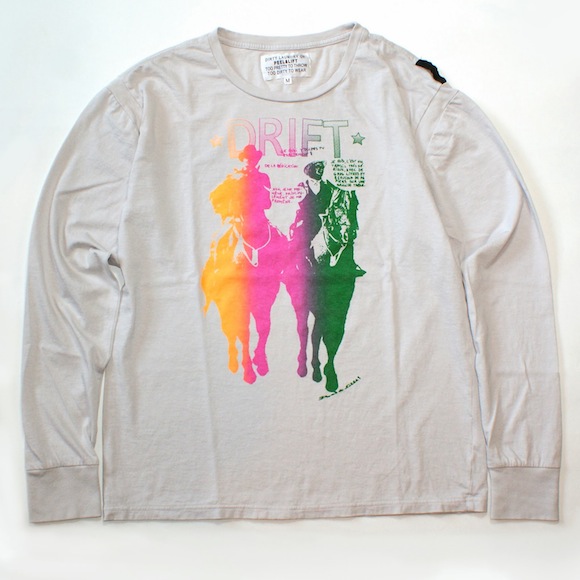
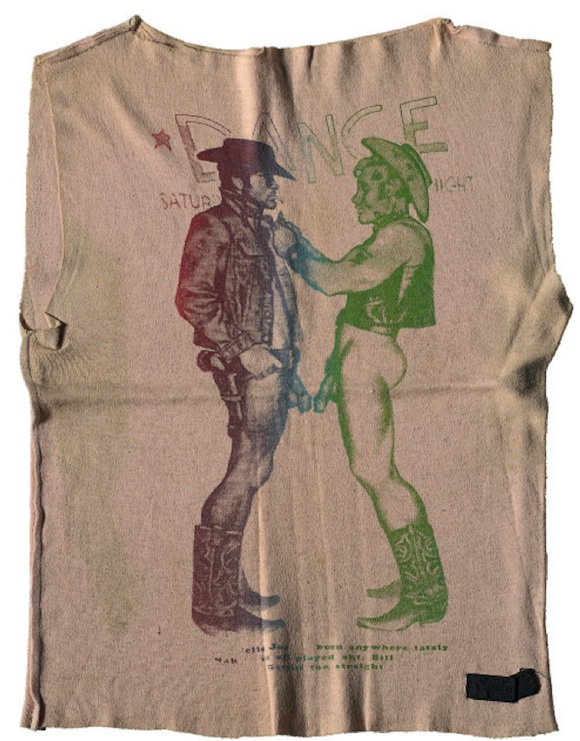
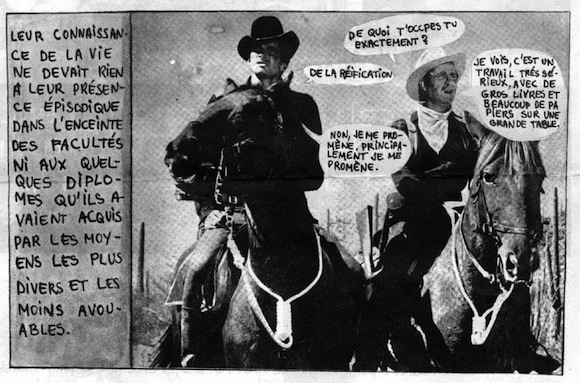
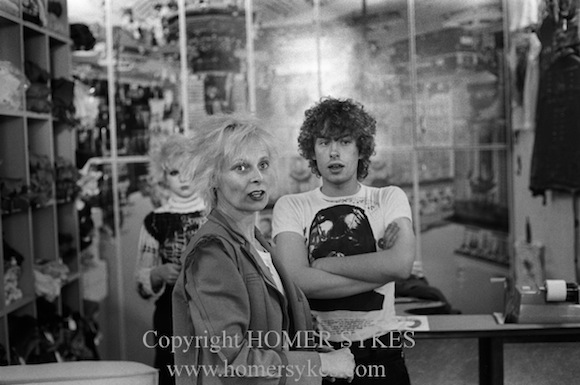
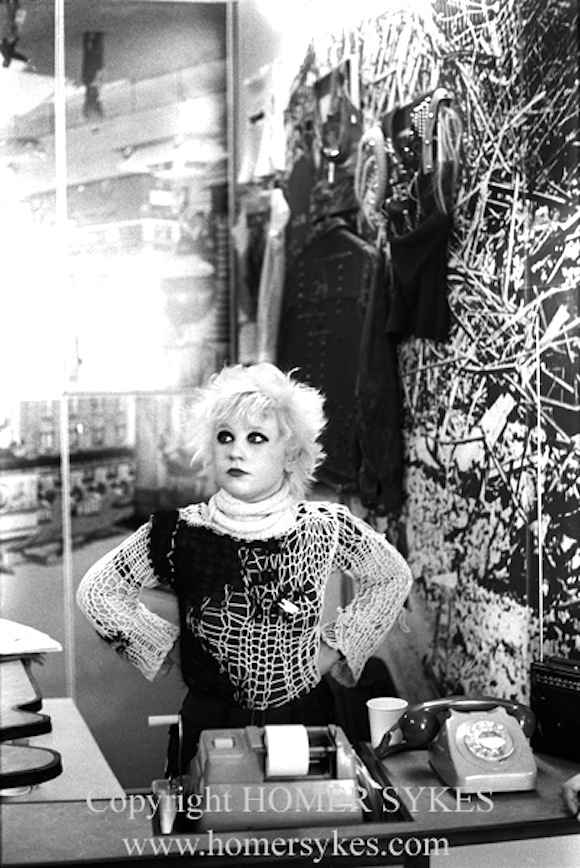
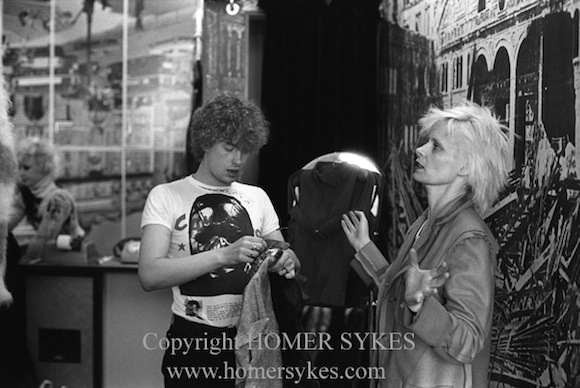
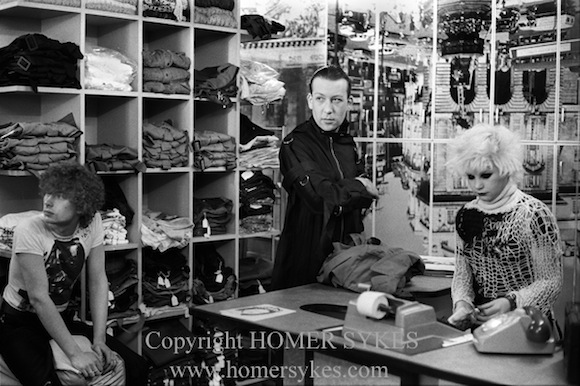
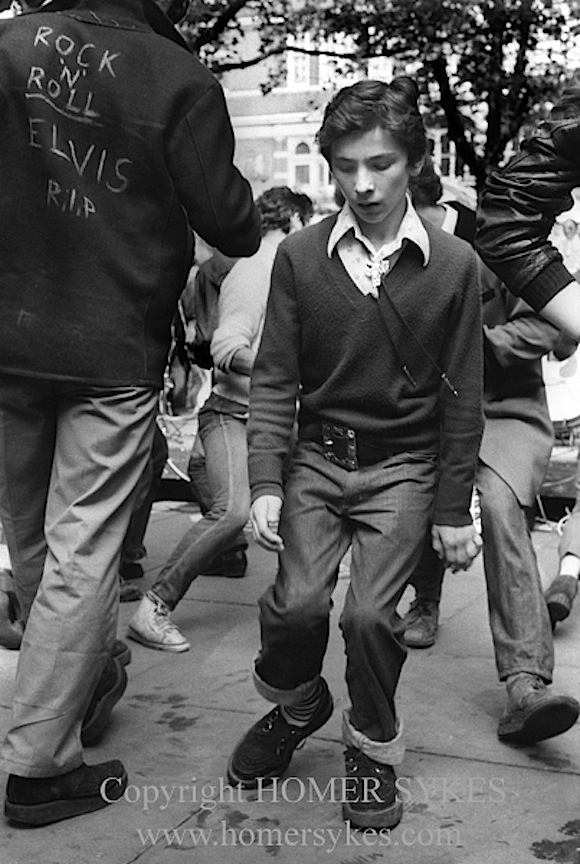
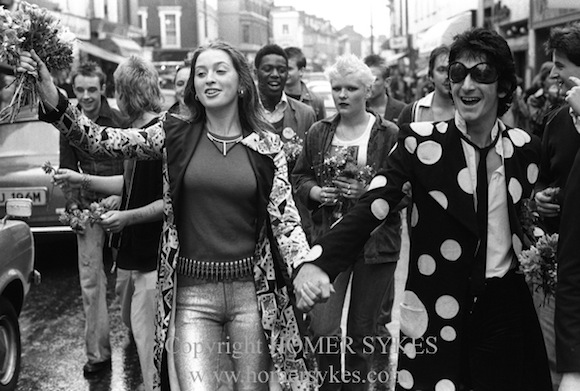
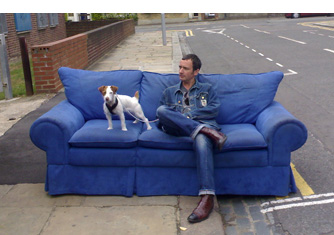






Recent Comments